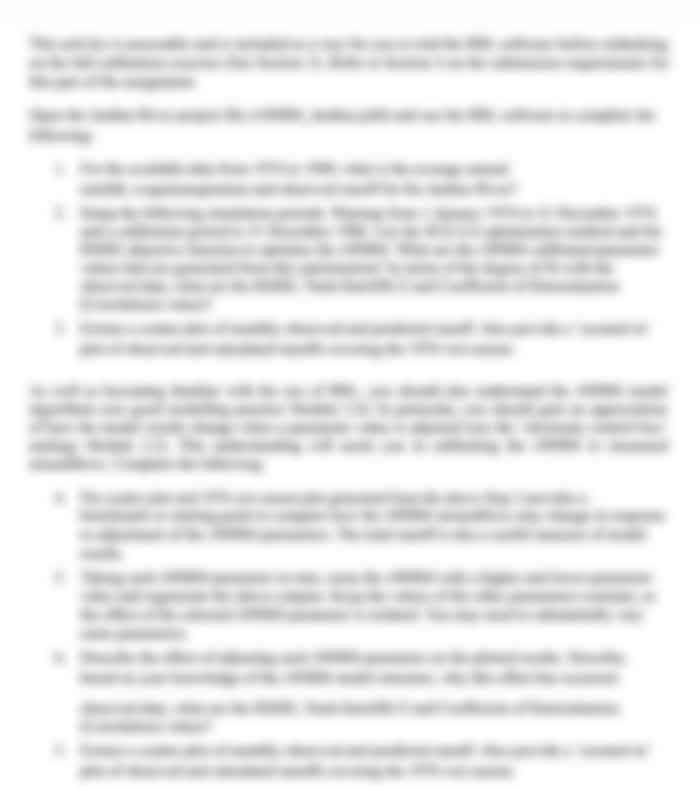Identify animal anatomy and physiology for animal care work
- Subject Code :
ACMGEN314
- University :
University of Southern Queensland Exam Question Bank is not sponsored or endorsed by this college or university.
- Country :
Australia
Task 1: Case Study 1
AIM OF TASK:
The key objectives of this task are:
- Identify and describe anatomy and physiology within an animal care setting when undertaking routine animal care duties.
- Draw connections between observations and findings to the structure and function of body systems and external hall mark features.
INSTRUCTIONS:
In order to successfully complete this assessment task, you will be required to answer the following questions correctly within the space provided regarding the below case study.
QUESTION 1:Listthe three (3) main joints of the hind limb anddescribethe primary movements they do using anatomical terminology of movement?
|
# |
Joint |
Movements |
||
|
1 |
Stifle joint |
- The stifle jointis responsible toflexion and extension between the femur and tibia. |
||
|
2 |
Hip joint |
- It possesses the capacity to rotate, abduct, flex, adduct, and extend its limb. |
||
|
3 |
Elbow joint |
- Responsible for the rotation and extension and flexion of the radius |
||
QUESTION 2:
Using the same radiograph of Jacks hind limbs identify the bones numbered 1 6 using correct terminology.
|
# |
Skeletal structure :Pelvis,Hip,Femur,Patella,Fibula,Tibia |
||
QUESTION 3 (Scenario 1):If Jacks screening tests revealed pain and thickening within the hip joint,explainwhat structures you think may be worn down, damaged or inflamed in this instance?
QUESTION 4 (Scenario 2):2. If the radiograph revealed no abnormal findings and was followed up with an ultrasound which revealed a tear to the anterior crucial ligament and partial patella swelling (inflammation),explainthe differences in blood flow to ligaments and tendons versus muscle in order to appreciate the healing challenges Jack may face.
|
Muscle
|
|
Tendon |
|
Ligament |
QUESTION 5 (Scenario 3):You assist the veterinarian in performing a physical spinal assessment on Jack. The vet starts by applying steady pressure with two fingers along the dorsal aspect of the dog, either side of the spine. This examination will show if Jack feels any pain along the spine and allow your team to locate where the pain may be coming from.Explainthe anatomical feature you would be looking and feeling for on the dog to do this?
QUESTION 6 (Scenario 4):During the process of manipulating Jack into positions to obtain diagnostic radiographs, he appears to become distressed and anxious and begins panting and hypersalivating. Describe the main structure of the respiratory system and explain what drives respiration (breathing).
QUESTION 7:IdentifyandDescribethe primary structures of the male canine urinary system and in a sentence or two (2), describe the key function each structure plays.
QUESTION 8:IdentifyandDescribethe role a nephron plays in a kidney and why they are so critical to a healthy urinary system.

